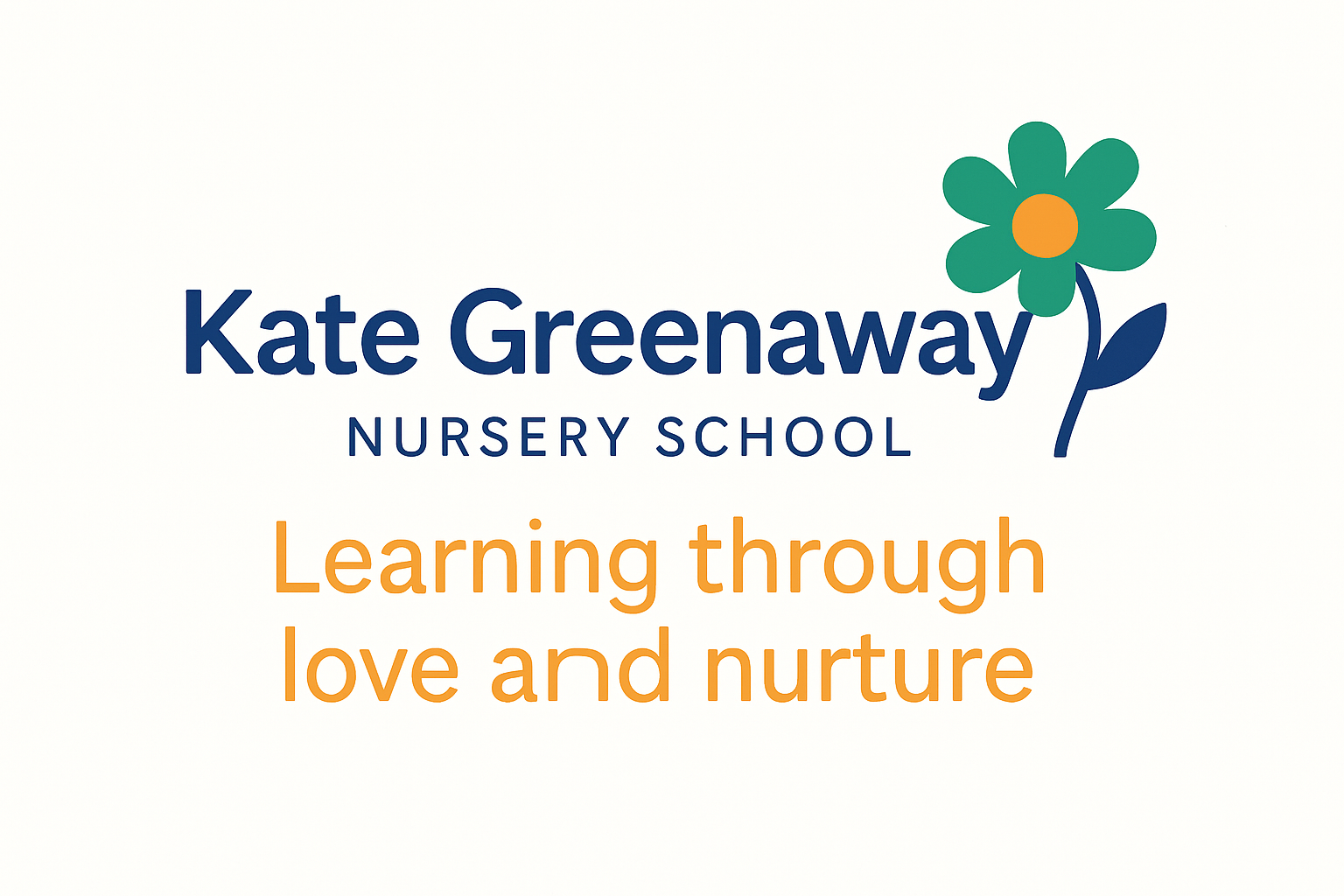 Headteacher’s Blog
Headteacher’s Blog

Adult - Child Interactions: Why They Matter
Adult-Child interactions are more than conversation—they are the foundation of cognitive and language development. Research by Siraj-Blatchford et al. (2002) on sustained shared thinking shows that when adults engage in extended dialogue with children—asking open-ended questions, listening actively, and building on ideas—children make deeper connections and develop problem-solving skills. Neuroscience also supports this: early experiences of responsive interaction stimulate neural pathways linked to executive function and language processing (Center on the Developing Child, Harvard University).
At home tip: During play, ask your child open-ended questions like “What do you think will happen if we add more blocks?” or “How can we make this tower stronger?” This encourages thinking and conversation.

What a Language-Rich Environment Looks Like
A language-rich environment immerses children in opportunities to hear and use language throughout the day. Studies show that children exposed to varied vocabulary and conversational turns develop stronger language skills and later literacy (Hart & Risley, 1995). Frequent back-and-forth exchanges—sometimes called “serve and return”—are critical for brain architecture, supporting areas responsible for communication and social-emotional growth.
At home tip: Read a story together and pause to talk about the pictures. Ask questions like “Why do you think the character feels happy?” or “What might happen next?” This builds vocabulary and comprehension.

Transitions Really Matter - internal processes
At Kate Greenaway, we see transitions as more than a move between rooms—they are milestones in your child’s journey. Each step is carefully planned to ensure children feel secure, confident, and excited about new experiences. Our team works closely with families, introducing new key persons early, sharing photos, and arranging visits to the new room. This gentle approach helps children build trust and resilience, setting the foundation for lifelong learning. Remember, transitions are not rushed—they are nurtured. Together, we make every change a positive adventure. For more information visit Kate Greenaway Nursery School - Policies - Transition Process Policy.

''It's the back and forth, the responsiveness, that shapes the brain circuits."
Jack Shonkoff – Centre on the developing Child – Harvard University
Infant's brain is dependent on responsiveness from adults. So all those adorable things that babies do right from the beginning -- coos, gurgles, sounds and smiles -- how an adult responds to those coos and gurgles help shape the brain circuitry. Shonkoff calls these moments "Serve and Return interactions." The baby does something, the adult responds back. Vice versa.
…brain evidence also supports the idea that babies and children have particularly powerful learning abilities and motivations, and that they do, in fact, learn more than we adults do. If you combine the psychological and neurological evidence, it is hard to avoid concluding that babies are just plain smarter than we are, at least if being smart means being able to learn something new. The advantage we adults have comes precisely from the fact that we were once babies. We can use the finely tuned, specialized, well-oiled machinery we constructed when we were very young to do all sorts of things that babies can’t.
(Gopnik et al, pp.197, 1999)

Your Baby’s Brain: Why the first 3 years matter so much?
Here are some fascinating brain facts.
-
A newborn has all the brain cells they’ll ever have.
-
Your child’s brain doubles in size in the first year!
-
- Children’s brains continue to grow to about 80% of adult size by age 3.
In fact, your child’s brain creates more than 1 million fresh neural connections (synapses) every second of their first few years of life—more than at any other time in life!

